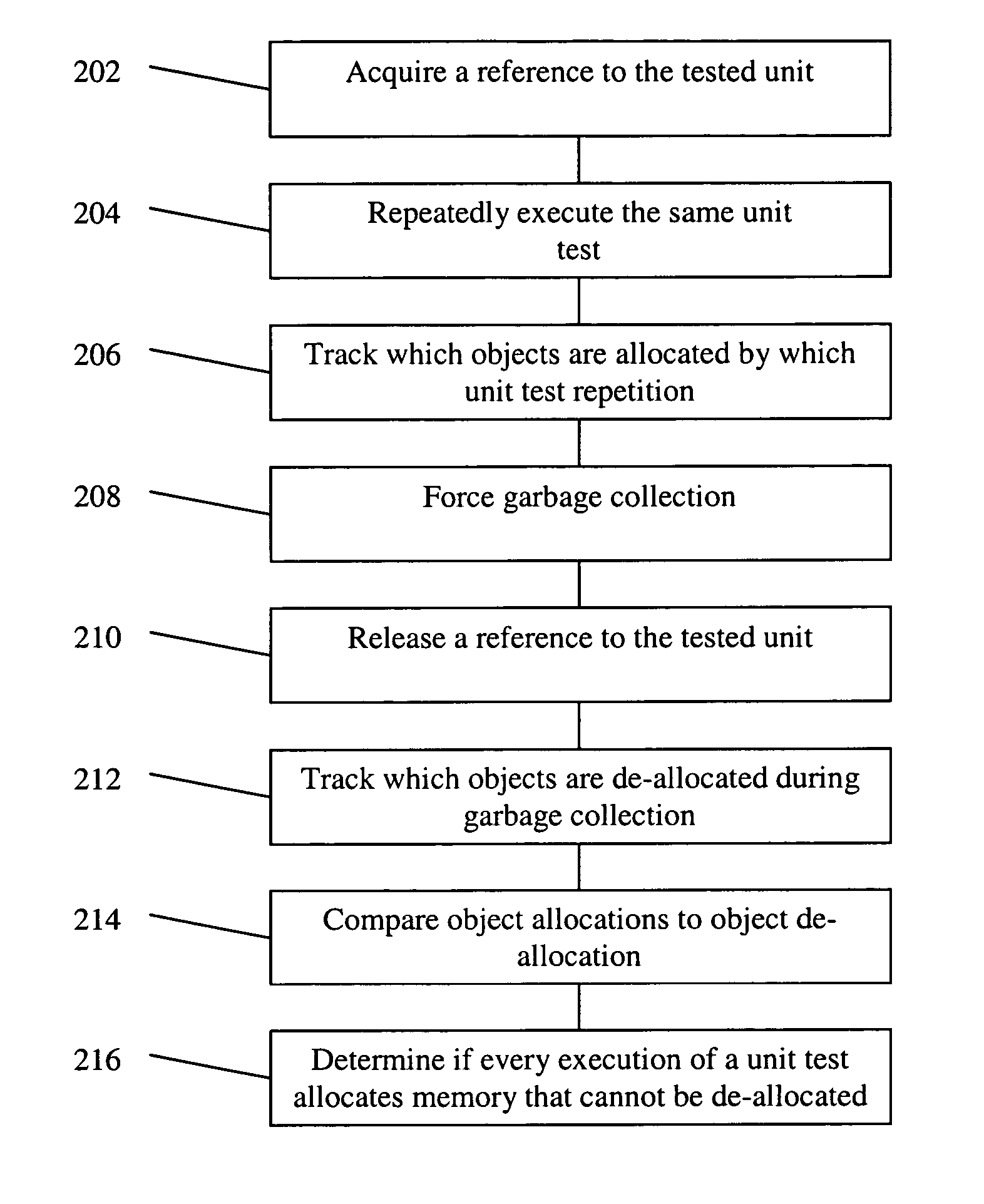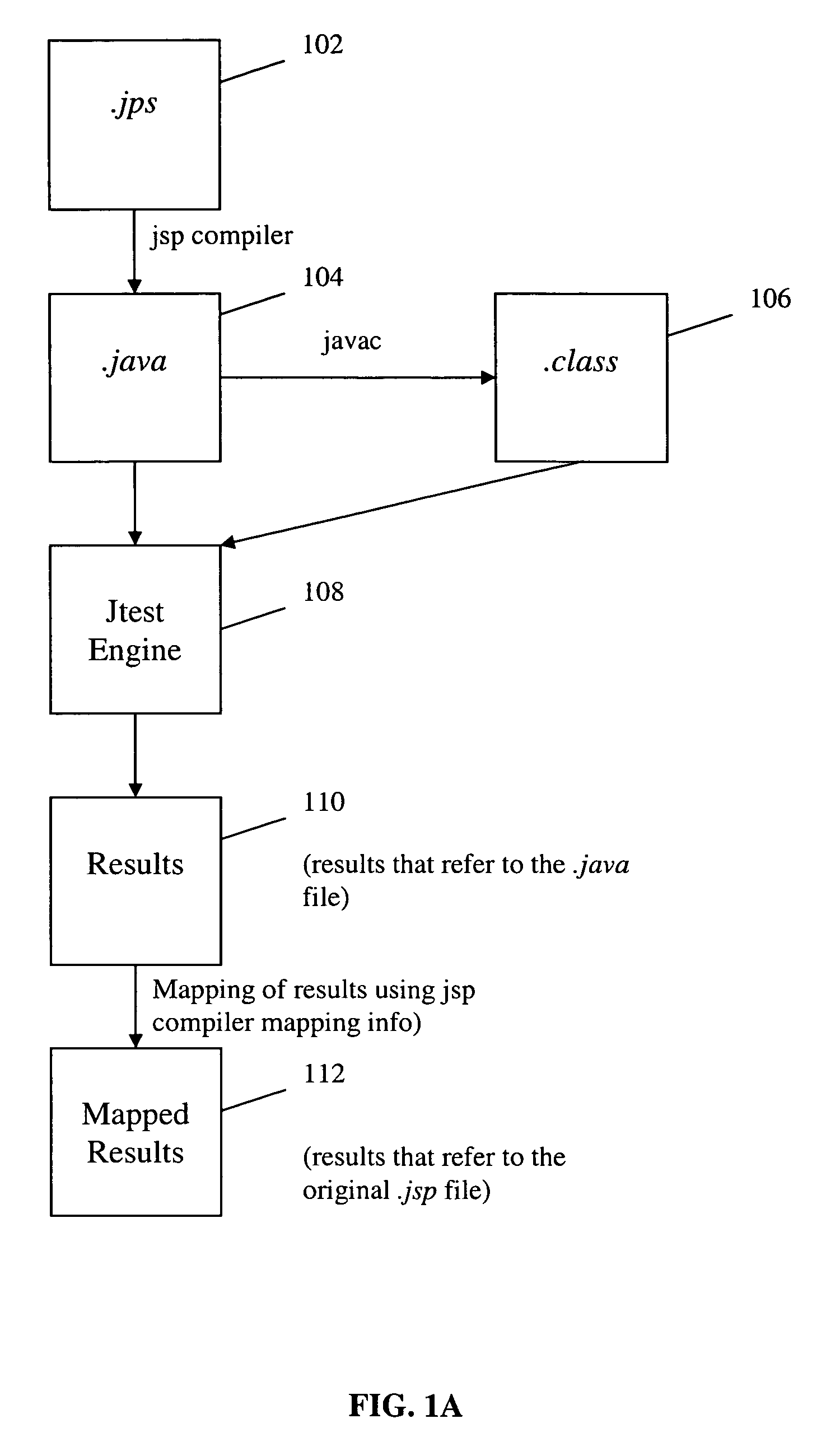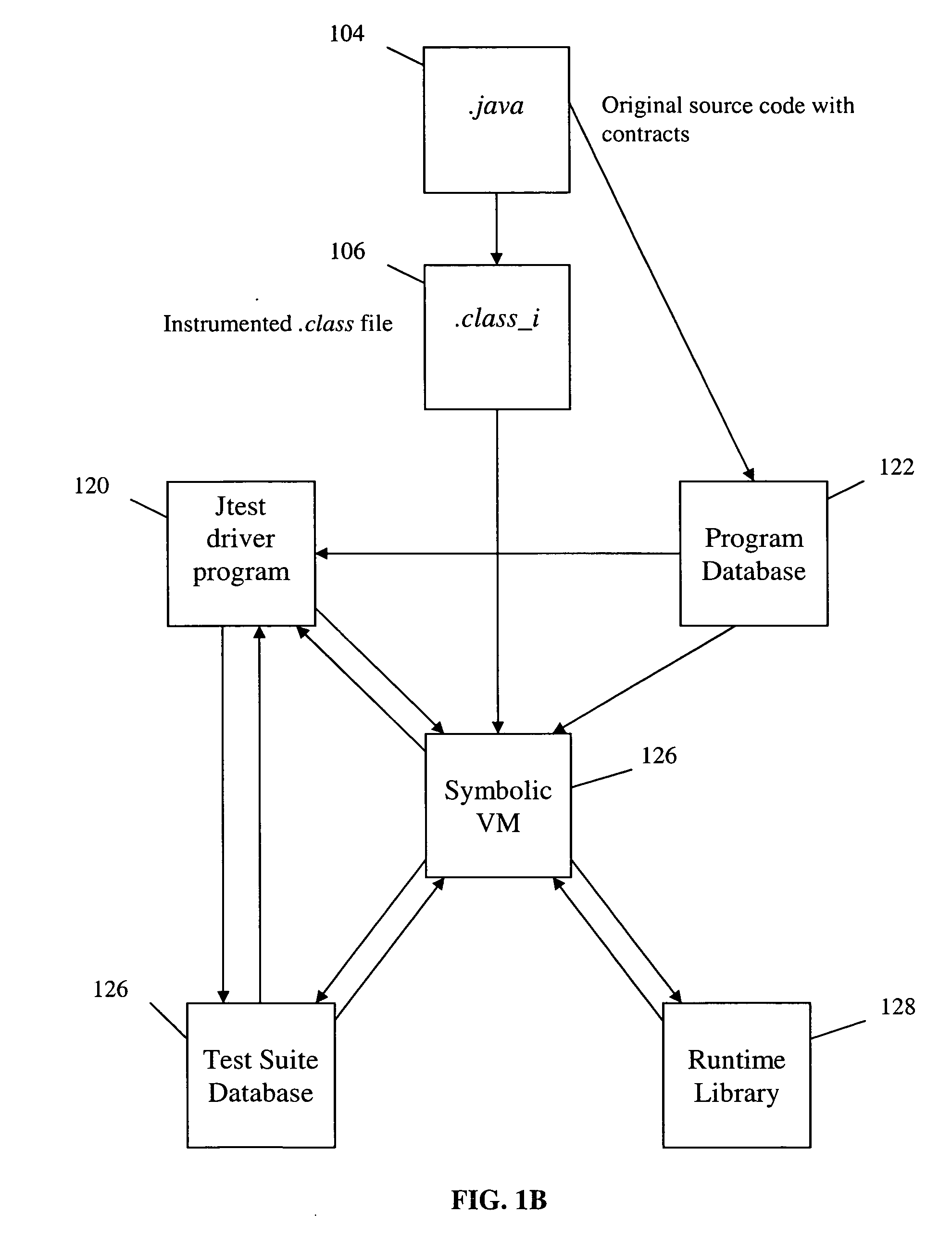Method and system for predicting memory leaks from unit testing
a technology of unit testing and memory leakage, applied in the direction of resistance/reactance/impedence, testing circuit, instruments, etc., can solve the problems of system crash, memory leakage, and pointer or memory reference to dynamically allocated memory space not being reclaimed
- Summary
- Abstract
- Description
- Claims
- Application Information
AI Technical Summary
Benefits of technology
Problems solved by technology
Method used
Image
Examples
Embodiment Construction
[0021] Garbage collection (GC) is a system of automatic memory management which seeks to reclaim memory used by objects which will never be referenced in the future. The part of a system which performs garbage collection is typically called a garbage collector (gc).
[0022] The basic principle of how a garbage collector works is to determine what data objects in a program cannot be referenced in the future, and then reclaim the storage used by those objects. Although in general, it is impossible to know the moment an object has been used for the last time, garbage collectors use conservative estimates that allow them to identify when an object could not possibly be referenced in the future. For example, if there are no references to an object in the system, then it can never be referenced again.
[0023] While GC assists the management of memory, the feature is also almost always necessary in order to make a programming language type safe, because it prevents several classes of runtime...
PUM
 Login to View More
Login to View More Abstract
Description
Claims
Application Information
 Login to View More
Login to View More - R&D
- Intellectual Property
- Life Sciences
- Materials
- Tech Scout
- Unparalleled Data Quality
- Higher Quality Content
- 60% Fewer Hallucinations
Browse by: Latest US Patents, China's latest patents, Technical Efficacy Thesaurus, Application Domain, Technology Topic, Popular Technical Reports.
© 2025 PatSnap. All rights reserved.Legal|Privacy policy|Modern Slavery Act Transparency Statement|Sitemap|About US| Contact US: help@patsnap.com



